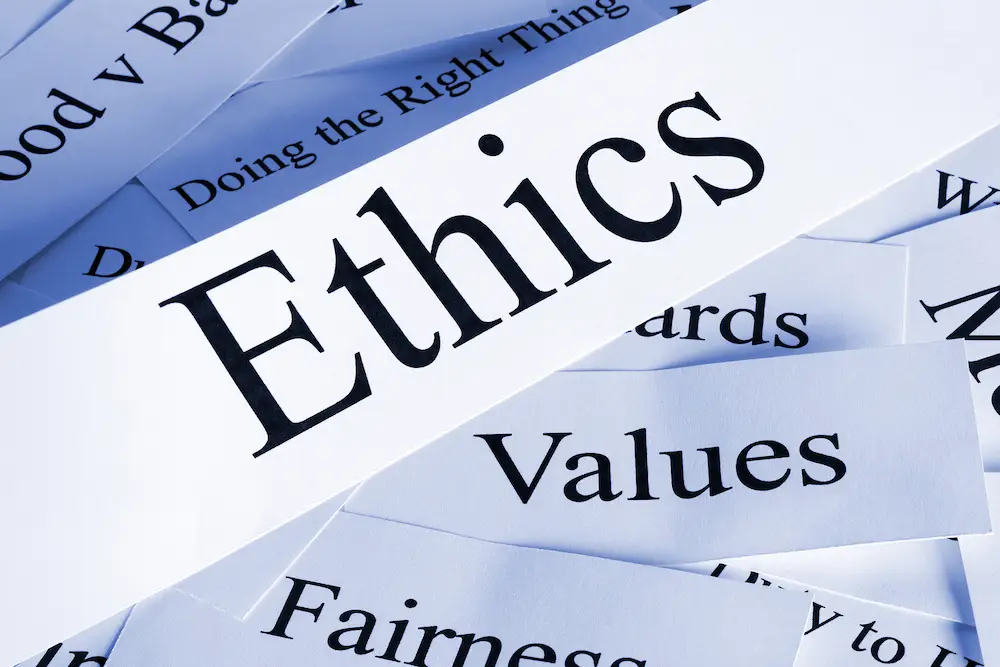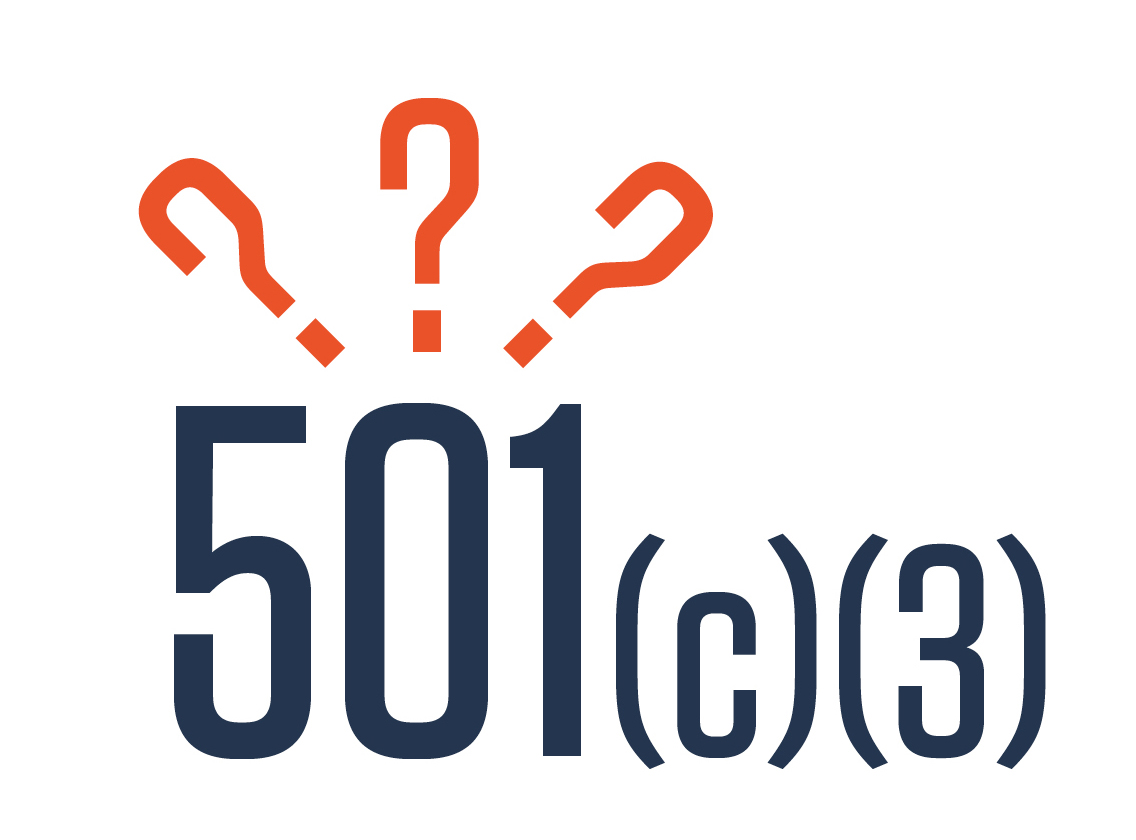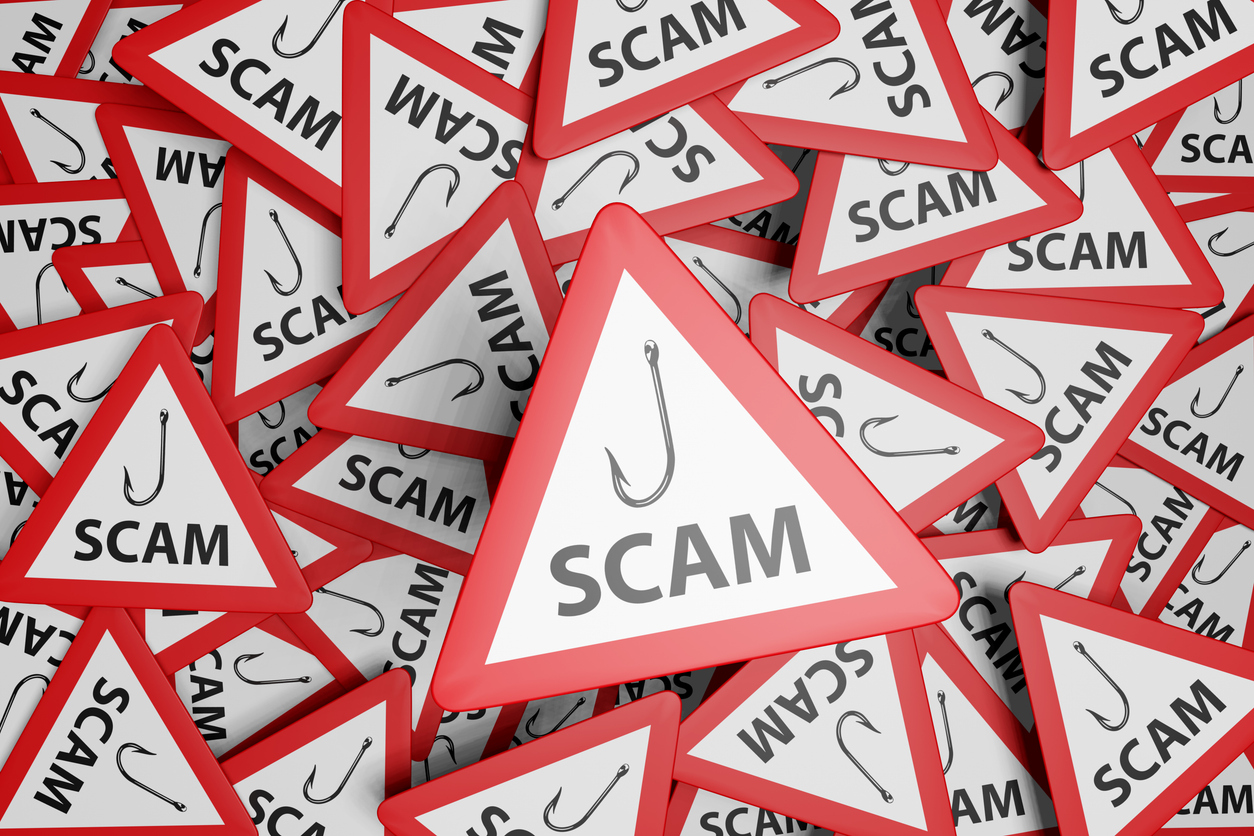30 Jun Research Tips: How to Find New Private Funds By Ashley Dooley, GPC
Did you know that awards issued in response to requests for proposals (RFP) account for less than 1% of total foundation giving? Stated differently, 99% of private foundation giving is not done through an RFP process! Funders are out there. The biggest question is how do you find them?02 Jun Exploring Federal Competitions: Fostering Innovation and Excellence By: Kellie Brungard, GPC
Posted at 18:00h
in Competency One, Funding, Funding Opportunities, Industry News, Kellie Brunguard, Research
Federal prize competitions are a means for federal agencies to crowdsource ideas and engage public innovators to develop innovative ideas and solutions to societal problems (referred to as competitions, prize competitions, challenge, or competition). According to Challenge.gov, the primary platform for managing competitions, “Longitude and ship navigation, Lindbergh’s transatlantic flight, even initial designs for the U.S. Capitol and White House—all resulted from open prize competitions. Even those self-driving vehicles got their start in federal prize competitions too!” Other notable concepts derived from challenges include the “lunar loo” (space toilet), digital wallet interface, protections for fish from water infrastructure, opioid detection in the mail, and “getting out the count” for the most recent census. These competitions, organized by Federal agencies, encourage participation from individuals, businesses, and organizations, driving them to create groundbreaking solutions to complex problems. This blog post delves into the world of federal competitions, exploring their significance, impact, and considerations for interested organizations.
31 Mar Competition and Training: Not just skills for the court By: Kellie Brungard, GPC
Posted at 18:00h
in Competency Two, Funding, Kellie Brunguard, Organizational Development, Organizational Readiness, Research
March Madness is in full swing, and all this talk about competition and brackets makes me think about how grant writing relates. Grants, much like professional sports, are competitive, and increasingly so. We can’t come in on gameday and put together a proposal without any preparation and expect to win big. To be competitive, your grant team must train and prepare to advance through the rounds and win awards. So, while building out/reviewing your bracket for college basketball, consider how these strategies can help your grant team gain a competitive edge.
25 Feb Small Nonprofit Building Block Series: Prospect Research by Megan Campbell, MPA, GPC
Prospect research is the term commonly used for the process of identifying potential sources of funding for an organization or program. If your organization is a small or start-up nonprofit with limited staff or development support, the task of prospect research can feel both urgent and overwhelming. Fear not. Here are a few tips for beginning your prospect research process that will help start you on a path to success.10 Feb Understanding the Difference Between Race and Ethnicity by: Ashley Dooley, MBA, GPC
With increased focus on diversity, equity, and inclusion in recent years, more funders are asking for the specific demographics of the populations served by nonprofits. Funders want to know, for example, how many Black individuals or Hispanic families will benefit from the program. While there are many challenges in reporting demographic data, understanding and communicating the differences in race, ethnicity, and nationality is the first step.24 Jul Did You Know? Discover the Nine IRS-Approved Activities for 501(c)(3) Status Qualification by Roxanne Jensen, Ed.S., GPC
Did you know that while there are two main types of 501(c)(3) organizations, the IRS has set nine different activities to qualify as a 501(c)(3) organization? Organizations with 501(c)(3) status play a vital role in serving communities and advancing various charitable causes. Known for their tax-exempt status, they are eligible to receive tax-deductible donations, making them appealing avenues for philanthropy. While most of us are aware of these organizations' existence, there might be some intriguing facts yet to be uncovered. In this blog post, we will explore the two main types of 501(c)(3) organizations and delve into the nine different activities outlined by the IRS that qualify for 501(c)(3) status.11 Jun Scammers, Beware by Kellie Brungard, GPC
Posted at 13:15h
in Competency One, Competency Two, Industry News, Kellie Brunguard, Organizational Development, Research
In our increasingly interconnected world, the rapid growth of technology has brought numerous benefits and opportunities. However, it has also opened the door to a darker side of the internet: scammers. These individuals or groups employ deceitful tactics to exploit unsuspecting individuals, leading to financial loss, identity theft, and emotional distress. In 2023, we find ourselves facing an alarming surge in scamming activities, with perpetrators becoming increasingly sophisticated in their approaches. The Federal Trade Commission reported $660 million in losses due to business imposters, a significant increase from $196 million in 2020. This article aims to shed light on the specific ways scamming has grown in 2023 and offers practical tips to help you stay vigilant and protect yourself in this rapidly evolving digital landscape.
17 Jul Keep It Fresh! Update Your Proposal Data by AGS Staff
In a recent post, my colleague Michele Ryan gave a library of great data sites to bookmark and pull fresh data from. In this post I challenge you to look internally at the data you already collect within your organization or for your grant proposals and consider how to freshen it up a bit by making it more recent, more relevant, and more specific.24 May Practical Application of Motivational Interviewing by Julie Alsup, GPC
Posted at 19:17h
in Competency One, Competency Two, Julie Alsup, GPC, Organizational Development, Research
I recently participated in my colleague Tracey Diefenbach’s training on Motivational Interviewing (MI). I was inspired! Between having a degree in psychology and gaining these new skills and techniques, I was convinced I can now motivate people to do what I need them to do!










